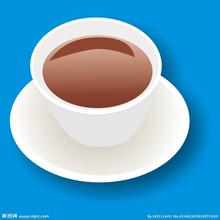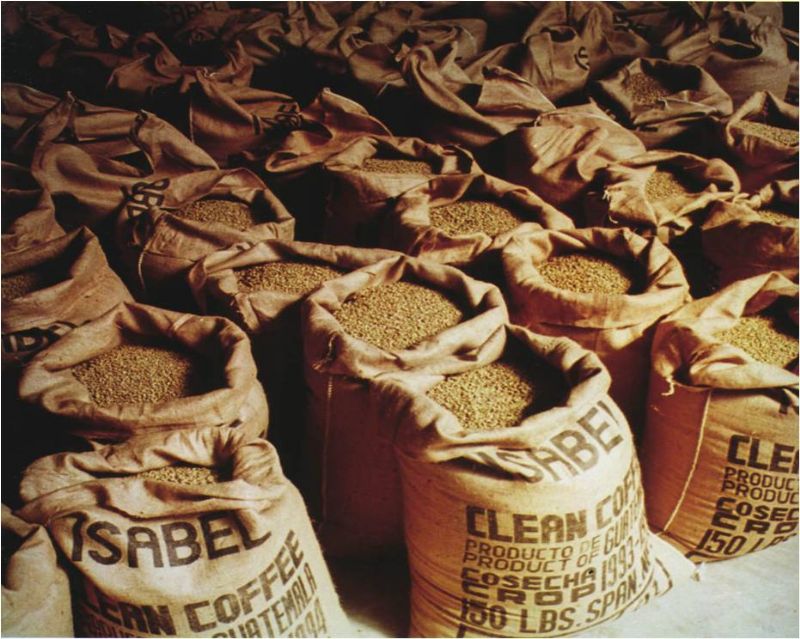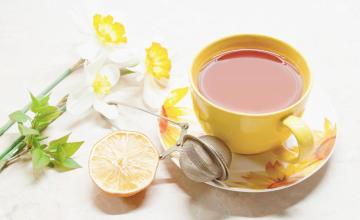Introduction to coffee treatment: introduction to honey treatment
Dry treatment Dry Processing
Dry treatment is the most primitive treatment method; compared with wet treatment (water washing method), it needs less equipment, water source and manpower, and the treatment method is relatively simple. Covers the following different ways:
?? Sun-Dried / Natural sun exposure
Pulped Natural / Honey (Miel) honey treatment
Sun-Dried or Natural full sun exposure
As the name implies, sun-drying means that coffee fruits are completely dried by the sun.
A good way of tanning should include:
? Wind-selected winnowing removes light impurities, such as branches, leaves, grass, etc.
? Screen sifting to remove impurities that are heavier or larger than coffee fruit, such as stones, soil, etc.
? Flotation flotation according to the specific gravity to further remove impurities and overripe or even a certain degree of dried coffee fruit actually saw in Ethiopia is that the coffee fruit picked did not go through the process of flotation, but directly spread to the drying bed, followed by labor to inspect, in the coffee fruit before drying and blackening to remove overripe or immature coffee fruit, as well as the remaining impurities (branches and leaves, etc.).
The pulp of Pulped Natural is dried naturally
A method of treatment that originated in Brazil (1991), which some people call Semi-washed, is classified as semi-washing, but individuals prefer Semi-Dried (because the coffee fruit is sun-dried without peel and pulp, and does not enter the later washing process).
Practice: remove the peel and pulp by machine and retain pectin for sun drying. The reason for this is to make up for the lack of effective grading and screening of coffee fruits with different maturity in the sun, which affects the final honey treatment of raw coffee beans, which originated in Costa Rica in Central America (2003). At present, Central America is also the most widely used. At first, it was in response to the needs of illy and Japanese customers, in order to find a producing country other than Brazil to expand the source of Pulped Natural treatment; later, as the new water regulations also forced more and more growers to turn to this relatively less water-intensive treatment. Its treatment method is basically the same as that of Pulped Natural, except that it is divided according to the proportion of retained pectin and the drying method:
White Honey 80% mae 90% pectin has been removed.
Yellow Honey yellow honey retains 50% pectin without fermentation.
Red Honey red honey basically retains all pectin and has no fermentation.
Black Honey black honey basically retains all pectin and dries at a slightly higher temperature at low altitude. It is covered with slight fermentation in the first 24 hours, and then the drying process is transferred to an African drying bed for drying.
Gold Honey Jinmi basically retains all pectin, drying at low temperature at high altitude, and prolonging the drying time.
In individual estates, the treatment of individual batches will be different. You can read the links in the reference.

Important Notice :
前街咖啡 FrontStreet Coffee has moved to new addredd:
FrontStreet Coffee Address: 315,Donghua East Road,GuangZhou
Tel:020 38364473
- Prev

Coffee knowledge Popularization what is Honey to treat Coffee beans
What is honey-treated coffee beans? Honey treatment, called Honey Process or Miel Process, is used in coffee gardens in Costa Rica (Costa Rica), Panama (Panama) and Guatemala (Guatemala), which is called Honey Coffee. Honey treatment is a kind of treatment between sun treatment and water washing. It keeps the coffee.
- Next

Coffee milk tea technology coffee bean baking technology Coffee planting technology Coffee blossom introduction
Making coffee is a very simple thing, but the trouble before and after making coffee is the most difficult thing. These two aspects are the technical difficulties of coffee (it is not difficult to understand that competitions such as WBC, which are set to three stages: preparation, production and cleaning, actually coincide with this truth). Mr. Wang Zhongyi often said that in his book "details determine success or failure".
Related
- What is the meaning of lactic acid fermentation with coffee bean treatment?
- How to judge the state of foam by sound?
- How does the latte pull out the unicorn pattern? Come to get for a little trick to improve the flower pull!
- Will flower pulling affect the taste of the latte?
- Do you know the history of coffee?
- The difference between honey treatment and sun washing what is raisin honey treatment?
- What kind of milk can a novice use to make coffee foam to keep the foam longer? The correct method and skills of milking tutorial sharing
- Why do washed coffee beans taste sour? Flavor characteristics of washed Coffee
- Introduction to the skill of how to practice the size and height of water injection around the circle of hand-brewed coffee
- How do beginners practice coffee flower drawing from scratch?

